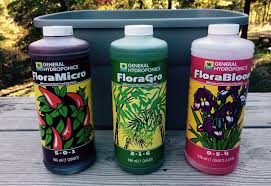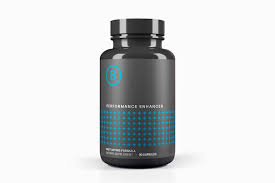Hydroponics has transformed the way many growers approach cultivation. By eliminating soil and providing direct nutrient access to plant roots, hydroponic systems can offer faster growth and higher yields. At the heart of a successful hydroponic setup lies one essential factor: proper nutrition. Understanding General Hydroponics nutrients and feeding strategies is key to unlocking the full potential of your plants.
What Are General Hydroponics Nutrients?
General Hydroponics is a well-known brand in the hydroponic industry, celebrated for its high-quality plant nutrients. The company offers a wide range of nutrient solutions tailored for various stages of plant development. The most popular product line is the General Hydroponics Flora Series, which includes:
-
FloraGro – Promotes vigorous structural and vegetative growth.
-
FloraBloom – Supports flower and fruit development.
-
FloraMicro – Provides essential micronutrients and acts as the foundation for the feeding program.
These three components work in synergy, allowing growers to adjust nutrient ratios based on the plant’s stage of growth. Whether you’re growing leafy greens, herbs, or flowering plants, the Flora Series offers precise nutrient control.
Feeding Plants in a Hydroponic System
Feeding hydroponic plants isn’t as simple as pouring nutrients into water. It requires careful measurement, timing, and system monitoring. Here are a few essential guidelines:
-
Follow a Feeding Schedule
General Hydroponics provides detailed feeding schedules for their products, often broken down into “Light,” “Medium,” and “Aggressive” feeding levels. The schedule outlines how many milliliters of each nutrient to add per gallon of water during the seedling, vegetative, and blooming phases. -
Monitor pH and EC Levels
Plants absorb nutrients best when the pH of the solution is between 5.5 and 6.5. Use a pH meter and adjust with pH up/down solutions as needed. Additionally, measuring EC (electrical conductivity) helps determine the nutrient strength. Too high an EC can burn roots; too low can cause deficiencies. -
Keep the Reservoir Clean
A clean nutrient reservoir prevents buildup and ensures a balanced supply of minerals. Change the nutrient solution every 1–2 weeks and flush the system to avoid salt accumulation. -
Watch for Deficiency or Toxicity Signs
Even with a reliable brand like General Hydroponics, over- or underfeeding can happen. Yellowing leaves, slow growth, or leaf spots may indicate nutrient imbalances. Regular observation helps catch issues early. -
Adjust for Plant Stage and Type
Seedlings and clones need less food than mature plants. Always reduce nutrient strength for young plants and gradually increase it as they develop. Flowering plants, especially fruiting varieties, may need more phosphorus and potassium, which FloraBloom provides.
Where to Get General Hydroponics Products
General Hydroponics nutrients are widely available online and in hydroponic supply stores. For those looking for a trusted source with a wide selection of hydroponic supplies, southelmontehydroponics.com is a reliable option. They offer quality products and expert advice to support your growing success.
Conclusion
Proper nutrition is the backbone of a healthy and productive hydroponic garden. By using General Hydroponics nutrients and feeding your plants with precision, you can achieve impressive results in growth and yield. Stick to recommended guidelines, monitor your system, and adapt to your plants’ needs — and you’ll be well on your way to hydroponic success.




